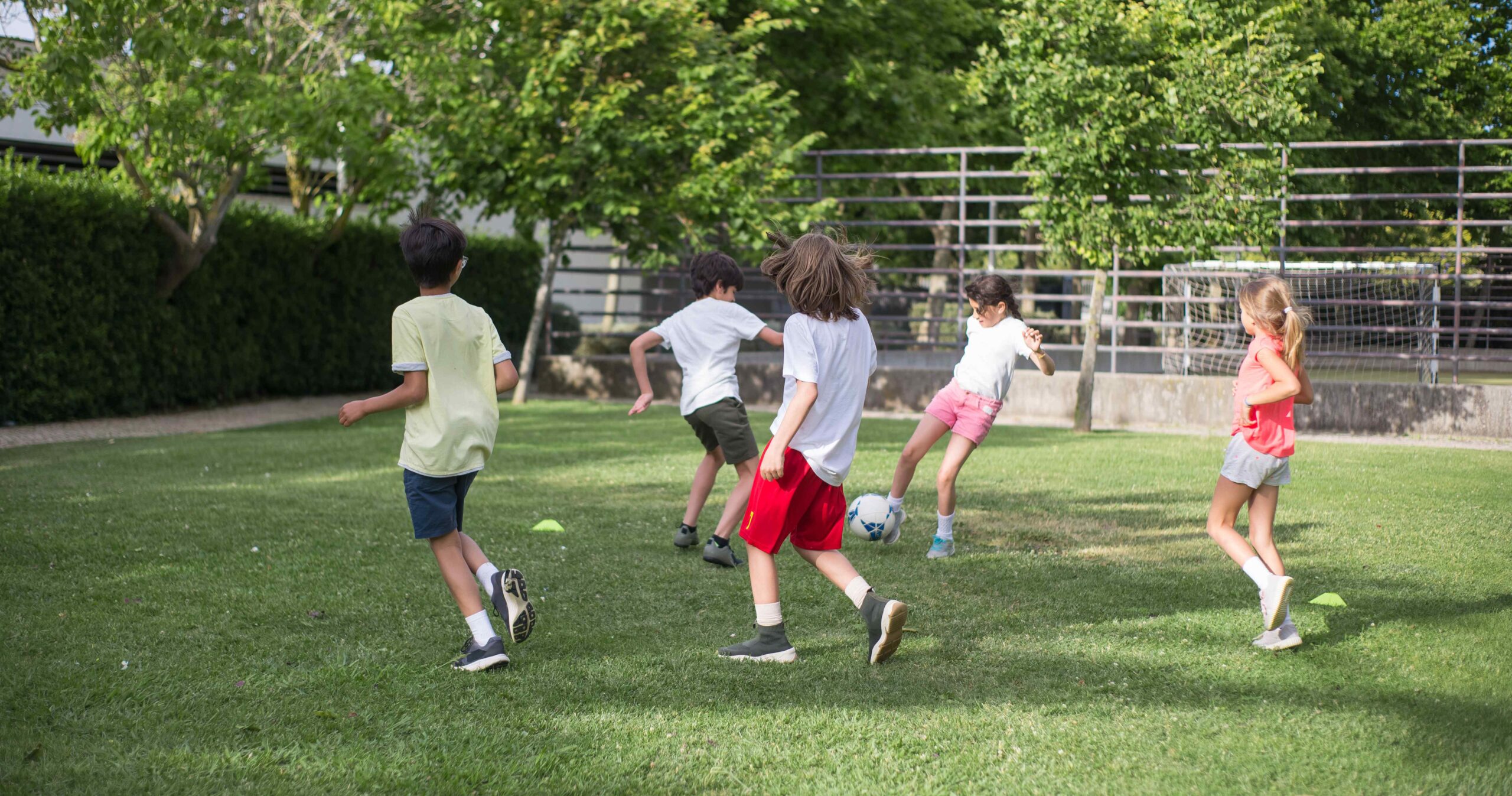“In a family it is just about possible to reach an agreement that all the family members are happy with, that’s maybe five people. Extend that to a school where there are hundreds of pupils to satisfy and it becomes totally impractical. So I can see why they need to vote on it, but I hope that you can see this is no more than a method of deciding who is going to be coerced, not a way of finding solutions.”
– Nick
From the archives: First published in Taking Children Seriously 25 in 1998
When folks taking children seriously assert that there is no such thing as a non-coercive school, people often cite the Sudbury Valley School as a counter-example, so I checked out the Sudbury Valley School web site to find out.
While it does appear to be non-coercive in spirit, it isn’t in practice. The problem is that the coupling of the words ‘non-coercive’ and ‘school’ creates a contradiction. No matter how good your intentions, you can’t get the two principles to fit together. Non-coercive education is about individualism and school is about conformity.
The Sudbury Valley School is a mixture of two different ways of treating children:
On the one hand it lets the child decide what to do with their time (in other words, what area they wish to learn about). This is good…
…and on the other it imposes rules to govern their behavior and make sure that they conform. This is bad.
And before you all rise in an uproar about how some rules are necessary to keep the peace and how it is unreasonable to expect a large institution to be able to keep such a diverse range of students in order without some kind of ground rules, etc, etc……I agree. It is impossible to keep children happy and reasonable and so on without at least one adult to every couple of kids, unless you have rules. But that is the problem isn’t it? The fact is that rules are bad for children, because rules do not reason, they are not open to a better argument, they are an alternative to thinking, and as a result they prevent thinking when they are used. This is why an institution cannot take the place of a child’s parents where education is concerned, because it is not practical for it to show the kind of attention to every child that a parent can show.
So it does not matter how democratic the school judicial system is, because democracy does not work where education is concerned (I mean, to be perfectly honest it isn’t too great in the real world either. How many times have ‘twelve men good and true’ managed to convict the wrong person? I can certainly think of several cases.) The problem with a vote is that it always leaves some people unhappy about something, and is really just a way of avoiding the need to work out the best solution, replacing it instead with the solution that suits more people than the others that are offered. In a family it is just about possible to reach an agreement that all the family members are happy with, that’s maybe five people. Extend that to a school where there are hundreds of pupils to satisfy and it becomes totally impractical. So I can see why they need to vote on it, but I hope that you can see this is no more than a method of deciding who is going to be coerced, not a way of finding solutions.
Even if we remove all the Sudbury Valley School’s bad points (which, as I said, isn’t possible) what are we left with? That it allows children to think freely and experiment in a way that promotes genuine individual learning. Well that’s great. It’s also completely possible in the home.
This school is probably the closest I’ve seen to a non-coercive one, but I’m afraid that it has very little to offer that cannot be done better in the home.
I’m afraid then that I found no reason to alter my belief that a non-coercive school is impractical.
See also:
- Punishing children using so-called natural consequences
- How Taking Children Seriously helped me solve my housework-hating problem
- Free to learn: the immorality of compulsory schools
Nick, 1998, ‘What about Sudbury Valley School?’, Taking Children Seriously 25, ISSN 1351-5381, pp. 14-15, https://takingchildrenseriously.com/what-about-sudbury-valley-school


To tell you the truth that sounds like an adultist take on Sudbury Valley school. The writer seems to be saying, “I want to teach my children, they shouldn’t be allowed to teach themselves.” I could be wrong but that’s what it sounds like to me.
You might like to read some of Nick’s posts. The view you think you see in the article is not what he meant at all. I will at some point find some more of his posts to put up, that will make that abundantly clear. FTR, he was a teenager when he wrote the above article. Here is another of his posts: Coercion of adults vs. coercion of children
Children’s lives are their own. They themselves can make their own choices for their own lives, with whatever support they welcome from their parents. They might want to go to school, in which case they go. They might want to do other things, in which case they do those other things instead. Parents can be trusted consultants instead of paternalistic controllers. See these posts about respecting a child’s desire to go to school.
See this article and this one about the coerciveness even of the schools trying to provide something better than the standard school system.